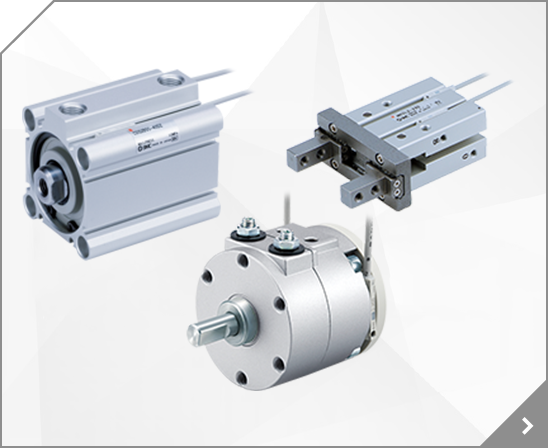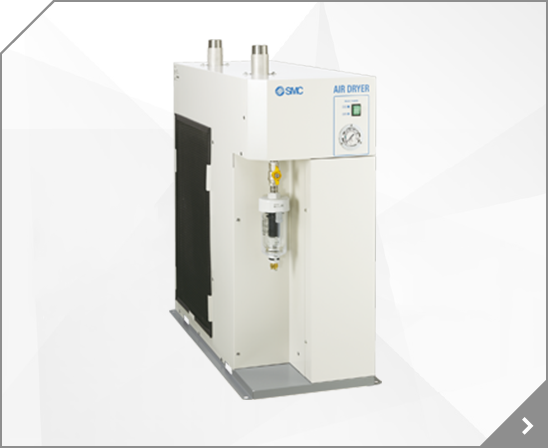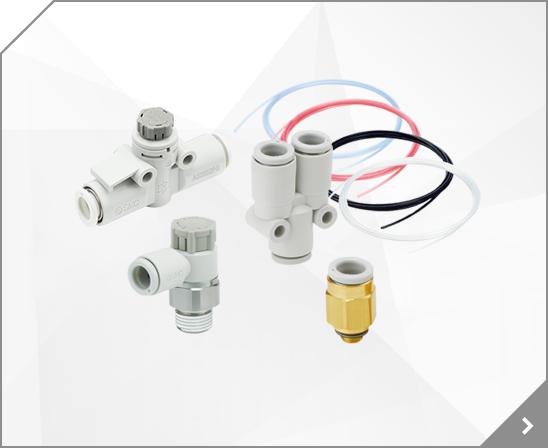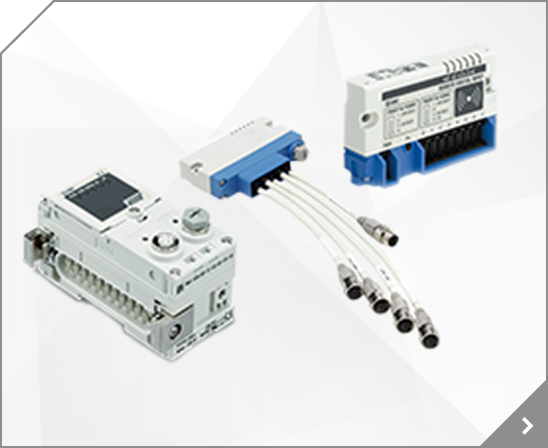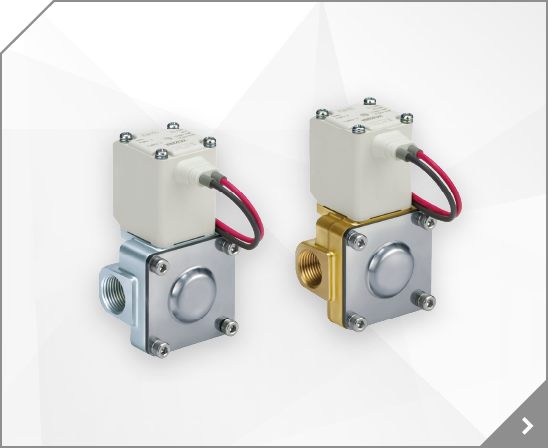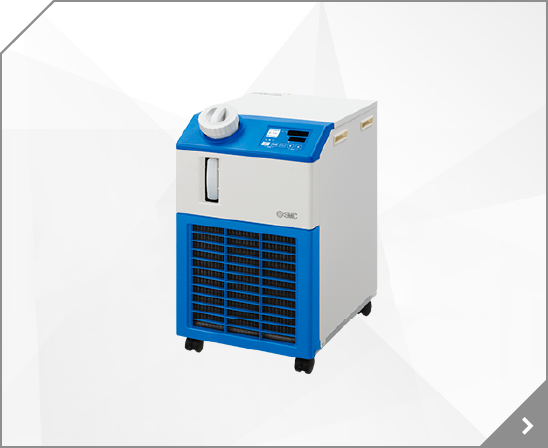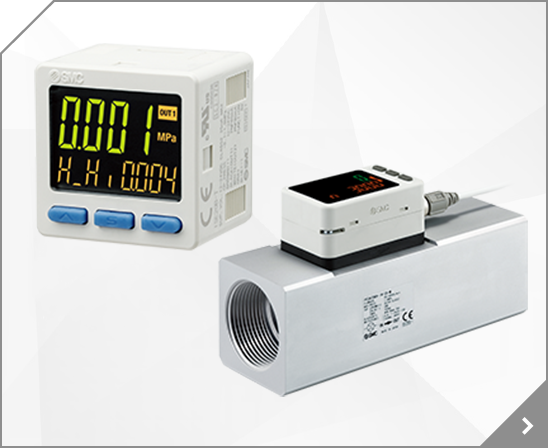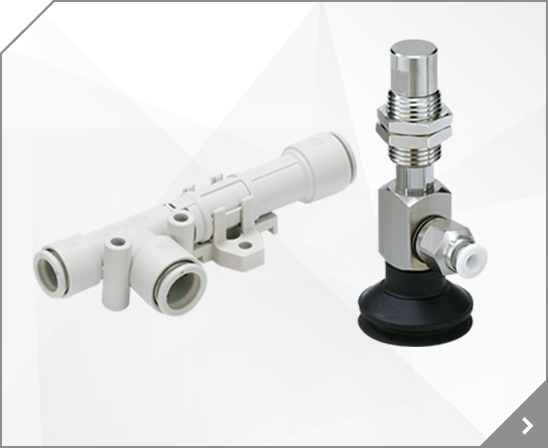
Magnet: Built-in, Mounting: Basic, Bore Size: 4", Stroke A: 14", Cushion A: Both Ends, Rod Boot A: None, Stroke B: 14", Cushion B: Both Ends, Rod Boot B: None, Auto Switch: No Switch, Lead Wire or Prewired Connector: 0.5m (Or None in the Case of No Switch), Number: 2 pcs. (Or None in the Case of No Switch), Dual, Tandem Option: Dual Op., Sgl. Rod
Magnet: Built-in, Mounting: Foot, Bore Size: 1 1/2", Stroke A: 14", Cushion A: Both Ends, Rod Boot A: None, Stroke B: 14", Cushion B: Both Ends, Rod Boot B: None, Auto Switch: No Switch, Lead Wire or Prewired Connector: 0.5m (Or None in the Case of No Switch), Number: 2 pcs. (Or None in the Case of No Switch), Dual, Tandem Option: Dual Op., Dbl. Rod
Magnet: None, Mounting: Basic, Bore Size: 1 1/2", Stroke A: 14", Cushion A: Both Ends, Rod Boot A: None, Stroke B: 14", Cushion B: Both Ends, Rod Boot B: None, Auto Switch: No Switch, Lead Wire or Prewired Connector: 0.5m (Or None in the Case of No Switch), Number: 2 pcs. (Or None in the Case of No Switch), Dual, Tandem Option: Dual Op., Sgl. Rod
Magnet: Built-in, Mounting: Basic, Bore Size: 1 1/2", Stroke A: 14", Cushion A: Both Ends, Rod Boot A: None, Stroke B: 14", Cushion B: Both Ends, Rod Boot B: None, Auto Switch: No Switch, Lead Wire or Prewired Connector: 0.5m (Or None in the Case of No Switch), Number: 2 pcs. (Or None in the Case of No Switch), Dual, Tandem Option: Dual Op., Dbl. Rod
Magnet: Built-in, Mounting: Basic, Bore Size: 2", Stroke A: 14", Cushion A: Both Ends, Rod Boot A: None, Stroke B: 14", Cushion B: Both Ends, Rod Boot B: None, Auto Switch: No Switch, Lead Wire or Prewired Connector: 0.5m (Or None in the Case of No Switch), Number: 2 pcs. (Or None in the Case of No Switch), Dual, Tandem Option: Dual Op., Sgl. Rod
Magnet: None, Mounting: Basic, Bore Size: 3 1/4", Stroke A: 14", Cushion A: Both Ends, Rod Boot A: None, Stroke B: 14", Cushion B: Both Ends, Rod Boot B: None, Auto Switch: No Switch, Lead Wire or Prewired Connector: 0.5m (Or None in the Case of No Switch), Number: 2 pcs. (Or None in the Case of No Switch), Dual, Tandem Option: Oversize Rod, Dual Op. Sgl. Rod
Magnet: Built-in, Mounting: Front Flange, Bore Size: 4", Stroke A: 14", Cushion A: Both Ends, Rod Boot A: None, Stroke B: 14", Cushion B: Both Ends, Rod Boot B: None, Auto Switch: M9P--Solid State, Gen. Purpose, 3 Wire PNP, Horizontal, Lead Wire or Prewired Connector: 3m Lead Wire, Number: 4 pcs., Dual, Tandem Option: Dual Op., Sgl. Rod
Stations: 12 Stations, Port Size: ø4 One-touch Fitting, S Kit: EtherCAT - 32 Outputs - Connector M12, SI Unit Polarity: Positive Common, Option 1: DIN Rail, DIN Rail Length: 14 Stations (for 14 Stations; Longer Rail than Total Length of Specified Valve Stations), Option 2: Built-in Silencer, Direct Exhaust
Through the combination of parallel I/O inputs, 14 points of positioning are available. The speed and acceleration of the positioning can be set by the switch for each operating direction. A single signal sent to a dedicated terminal returns an actuator to the home position.
Through the combination of parallel I/O inputs, 14 points of positioning are available. The speed and acceleration of the positioning can be set by the switch for each operating direction. A single signal sent to a dedicated terminal returns an actuator to the home position.
Through the combination of parallel I/O inputs, 14 points of positioning are available. The speed and acceleration of the positioning can be set by the switch for each operating direction. A single signal sent to a dedicated terminal returns an actuator to the home position.
Through the combination of parallel I/O inputs, 14 points of positioning are available.? The speed and acceleration of the positioning can be set by the switch for each operating direction.? A single signal sent to a dedicated terminal returns an actuator to the home position.?
Through the combination of parallel I/O inputs, 14 points of positioning are available. The speed and acceleration of the positioning can be set by the switch for each operating direction. A single signal sent to a dedicated terminal returns an actuator to the home position.
Through the combination of parallel I/O inputs, 14 points of positioning are available.? The speed and acceleration of the positioning can be set by the switch for each operating direction.? A single signal sent to a dedicated terminal returns an actuator to the home position.?
Through the combination of parallel I/O inputs, 14 points of positioning are available.? The speed and acceleration of the positioning can be set by the switch for each operating direction.? A single signal sent to a dedicated terminal returns an actuator to the home position.?
Through the combination of parallel I/O inputs, 14 points of positioning are available.? The speed and acceleration of the positioning can be set by the switch for each operating direction.? A single signal sent to a dedicated terminal returns an actuator to the home position.?
Through the combination of parallel I/O inputs, 14 points of positioning are available. The speed and acceleration of the positioning can be set by the switch for each operating direction. A single signal sent to a dedicated terminal returns an actuator to the home position.
Through the combination of parallel I/O inputs, 14 points of positioning are available.? The speed and acceleration of the positioning can be set by the switch for each operating direction.? A single signal sent to a dedicated terminal returns an actuator to the home position.?
Through the combination of parallel I/O inputs, 14 points of positioning are available.? The speed and acceleration of the positioning can be set by the switch for each operating direction.? A single signal sent to a dedicated terminal returns an actuator to the home position.?
Through the combination of parallel I/O inputs, 14 points of positioning are available.? The speed and acceleration of the positioning can be set by the switch for each operating direction.? A single signal sent to a dedicated terminal returns an actuator to the home position.?
